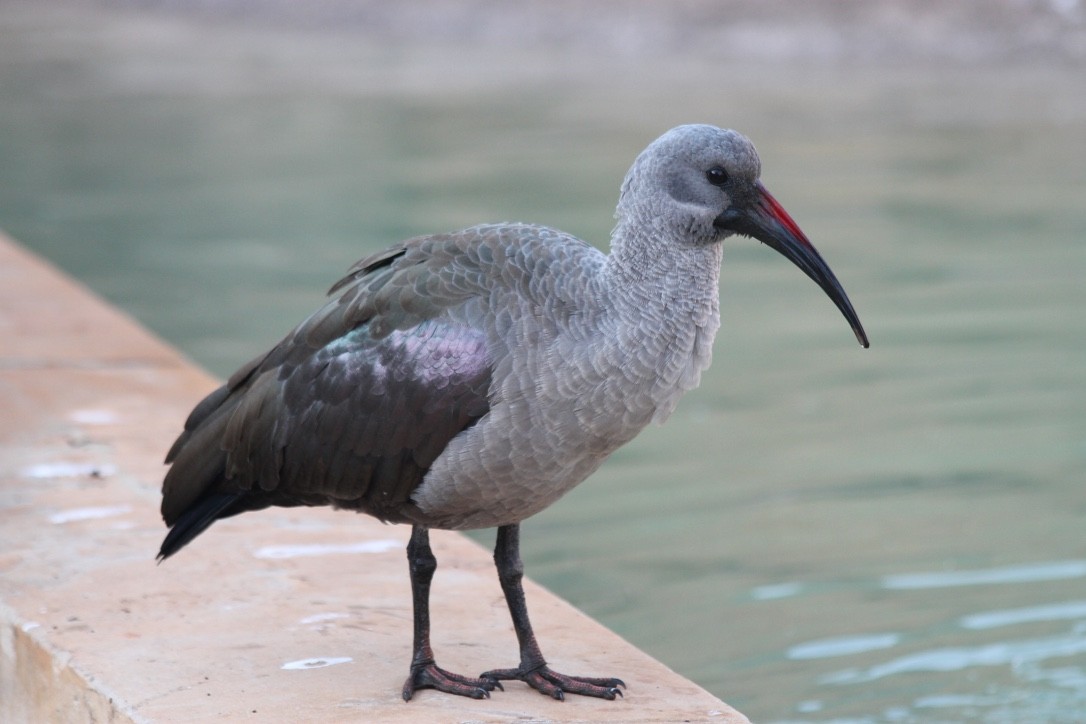PROTECT YOUR DNA WITH QUANTUM TECHNOLOGY
Orgo-Life the new way to the future Advertising by Adpathway Longnose gar caught in the Monongahela River at Duck Hollow, 15 July 2015 (photo by Kate St. John)
Longnose gar caught in the Monongahela River at Duck Hollow, 15 July 2015 (photo by Kate St. John)20 August 2025
Fishing is popular in the Monongahela River at Duck Hollow where fishermen typically catch sauger, smallmouth bass and channel catfish. Every once in a while something quite unusual takes the bait. That’s what happened in July 2015 when this fisherman hooked a longnose gar (Lepisosteus osseus), a prehistoric fish that hasn’t changed in 100 million years.
 The “long nose” of the Mon River longnose gar on 15 July 2015 (photo by Kate St. John)
The “long nose” of the Mon River longnose gar on 15 July 2015 (photo by Kate St. John)Though gar are unusual the PA Fish and Boat Commission has found them during fish surveys in the tailwaters of Braddock Locks and Dam. (Duck Hollow is below the dam.)
 A longnose gar collected in 2009 from the tailwaters of the Braddock Locks and Dam (photo from PA Fish & Boat Commission Survey)
A longnose gar collected in 2009 from the tailwaters of the Braddock Locks and Dam (photo from PA Fish & Boat Commission Survey)When you catch a longnose gar it’s unmistakable. They have torpedo-shaped bodies with very long, needle-like toothy snouts.
 Longnose gar head closeup (photo from Wikimedia Commons)
Longnose gar head closeup (photo from Wikimedia Commons)Native to eastern North America in fresh, brackish or sluggish water, gar hunt at night for small fish, crustaceans, insects and smaller gar (yes they are cannibals).
 Range map of longnose gar, USGS, 5 May 2018 (image from Wikimedia Commons)
Range map of longnose gar, USGS, 5 May 2018 (image from Wikimedia Commons)They are long lived for a fish, reaching sexual maturity at 6 years old and living 15-20 years. They can breathe both air and water(!) so they can live in low-oxygen environments.
But are they truly living fossils? Yes!
A DNA evolutionary study published in 2024 indicates that gar are the least evolved creature on earth. At the molecular level they have not changed in 100 million years. The study found that:
- Gars have the slowest rate of molecular evolution of all jawed vertebrates.
- Their DNA probably doesn’t change because they have “superb DNA repair machinery.” Their “machinery” fixes errors.
The researchers tested this theory by examining gar in rivers throughout Oklahoma and Texas.
Scientists found that two gar genera in Texas and Oklahoma — Atractosteus and Lepisosteus — are crossing to produce fertile, hybrid young. These groups last shared a common ancestor roughly 105 million years ago, making their split the oldest among eukaryotes that can produce viable offspring. The gars beat the previous record holders—two species of fern — by about 60 million years.
— Science Magazine: These gars are the ultimate ‘living fossils’To put this in perspective, placental mammals (like us) generate 0.02 mutations per million years. Gars averaged only 0.00009 mutations per million years at each test site.
What good is this research? It might help humans better understand our own DNA repair pathways which can lead to cancer when they fail.
(much of this article was paraphrased from Wikipedia, longnose gar)























 English (US) ·
English (US) ·  French (CA) ·
French (CA) ·